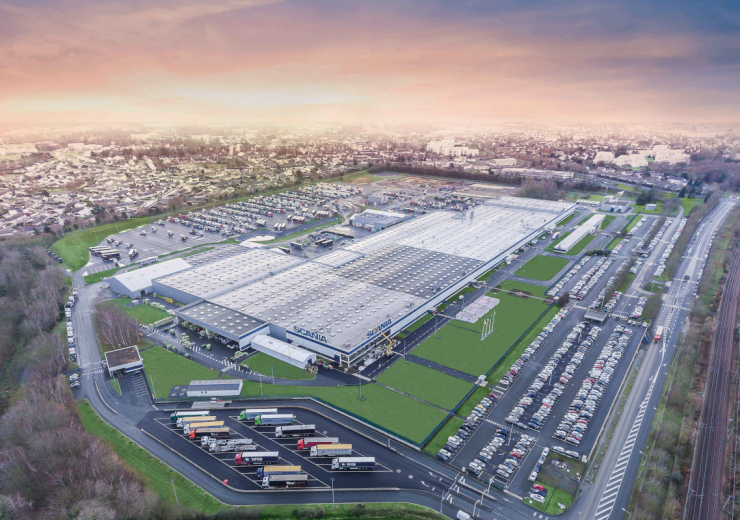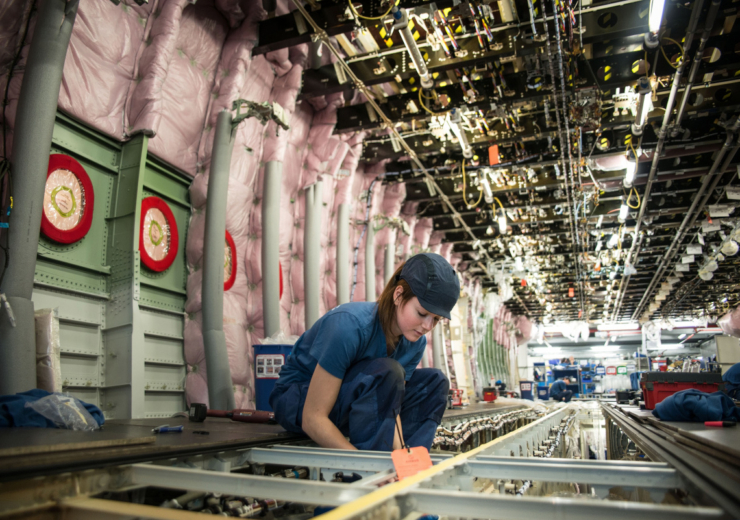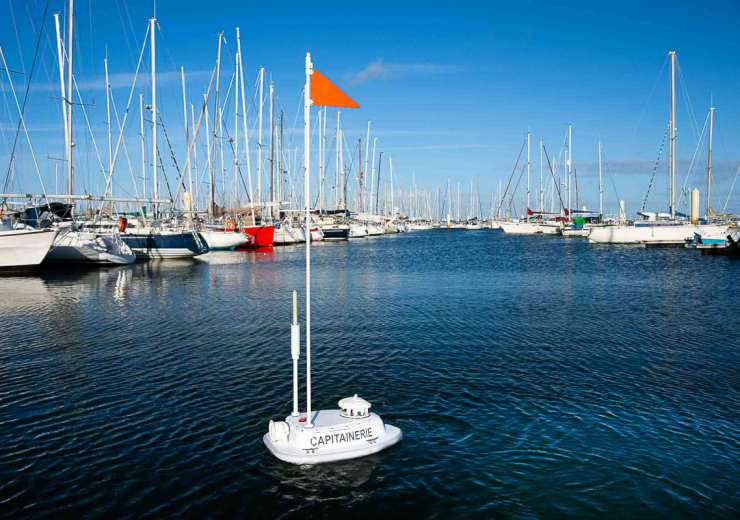Supported by the Atlantic France region and Nantes Saint-Nazaire Port, the GOCO2 project aims to capture 75% of industrial carbon dioxide emissions in Greater Western France by 2050. Four industrial sites with high greenhouse gas emissions, such as Total Energies and Lafarge, are planning to capture and bury the CO2 emitted by their activities.
Capture CO2 (which is responsible for global warming) and then store it underground. It may seem like a simplistic idea, but it’s one that has the wind in its sails and is being touted as a promising tool for achieving carbon neutrality.
Several CO2 sequestration projects have been launched in northern Europe by industrial companies. Last July, several manufacturers announced a similar project, which will transit through the port of Saint-Nazaire.
Capturing CO2 from industrial sites in Atlantic France
The project, supported by the Atlantic France Region and Nantes Saint-Nazaire Port, involves capturing CO2 at four industrial sites (Heidelberg materials, Lafarge, Lhoist and TotalEnergies) and piping it to the Saint-Nazaire maritime export terminal, with an estimated capacity of 2.6 million tonnes a year by 2030.
The gaseous CO2 will be transported through a network of steel pipelines built by GRT Gaz. Once it has reached the port, it will be liquefied, transported by ship and stored in geological subsoil at a depth of more than 2,000 metres. The storage site has not yet been determined, but the industry is already eyeing up underground cavities in both the Mediterranean and the North Sea, near Denmark or Norway.
4.1 million in public funding
Located in the Atlantic France region, GOCO2 is currently the largest decarbonisation project in Western France in terms of the volume of CO2 captured and transported. It could eventually transport and export up to 4 million tonnes of CO2 per year by 2050.
The port of Nantes Saint-Nazaire, one of the fifty industrial sites in France that emit the most carbon dioxide, is to receive a public funding bundle of €4.1 million to help finance part of its decarbonisation programme, Industry Minister Roland Lescure announced on the 24th of July.
A promising but controversial technology
The CO2 capture technique has been contested by NGOs and environmentalists, who see it as a licence to pollute and a way of getting around the issues involved with reducing emissions. In its latest report, the IPCC presents it as an essential tool for achieving the goal of carbon neutrality, while reiterating the primary objective: reducing emissions. With the GOCO2 project, manufacturers claim that by 2050 they willl be able to reduce their carbon emissions by 75%.


 日本語
日本語  Français
Français 



